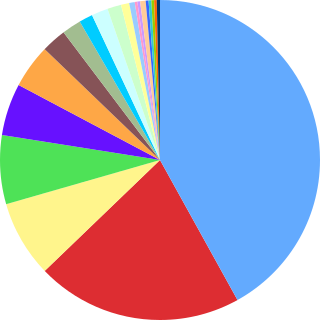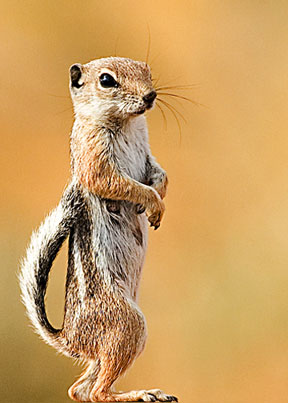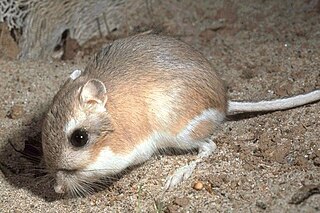
The Muroidea are a large superfamily of rodents, including mice, rats, voles, hamsters, lemmings, gerbils, and many other relatives. Although the Muroidea originated in Eurasia, they occupy a vast variety of habitats on every continent except Antarctica. Some authorities have placed all members of this group into a single family, Muridae, due to difficulties in determining how the subfamilies are related to one another. Many of the families within the Muroidea superfamily have more variations between the families than between the different clades. A possible explanation for the variations in rodents is because of the location of these rodents; these changes could have been due to radiation or the overall environment they migrated to or originated in. The following taxonomy is based on recent well-supported molecular phylogenies.

Mammalia is a class of animal within the phylum Chordata. Mammal classification has been through several iterations since Carl Linnaeus initially defined the class. No classification system is universally accepted; McKenna & Bell (1997) and Wilson & Reader (2005) provide useful recent compendiums. Many earlier ideas from Linnaeus et al. have been completely abandoned by modern taxonomists, among these are the idea that bats are related to birds or that humans represent a group outside of other living things. Competing ideas about the relationships of mammal orders do persist and are currently in development. Most significantly in recent years, cladistic thinking has led to an effort to ensure that all taxonomic designations represent monophyletic groups. The field has also seen a recent surge in interest and modification due to the results of molecular phylogenetics.

Sciuromorpha ( 'squirrel-like') is a rodent clade that includes several different rodent families. It includes all members of the Sciuridae as well as the mountain beaver species.

The suborder Myomorpha contains 1,524 species of mouse-like rodents, nearly a quarter of all mammal species. Included are mice, rats, gerbils, hamsters, lemmings, and voles. They are grouped according to the structure of their jaws and molar teeth. They are characterized by their myomorphous zygomasseteric system, which means that both their medial and lateral masseter muscles are displaced forward, making them adept at gnawing. As in the hystricognathous rodents, the medial masseter muscle goes through the eye socket, a feature unique among mammals. Myomorphs are found worldwide in almost all land habitats. They are usually nocturnal seed-eaters.

Geomyoidea is a superfamily of rodent that contains the pocket gophers (Geomyidae), the kangaroo rats and mice (Heteromyidae), and their fossil relatives.

The term Hystricomorpha has had many definitions throughout its history. In the broadest sense, it refers to any rodent with a hystricomorphous zygomasseteric system. This includes the Hystricognathi, Ctenodactylidae, Anomaluridae, and Pedetidae. Molecular and morphological results suggest the inclusion of the Anomaluridae and Pedetidae in Hystricomorpha may be suspect. Based on Carleton & Musser 2005, these two families are discussed here as representing a distinct suborder Anomaluromorpha.

Rodents are mammals of the order Rodentia, which are characterized by a single pair of continuously growing incisors in each of the upper and lower jaws. About 40% of all mammal species are rodents. They are native to all major land masses except for New Zealand, Antarctica, and several oceanic islands, though they have subsequently been introduced to most of these land masses by human activity.







